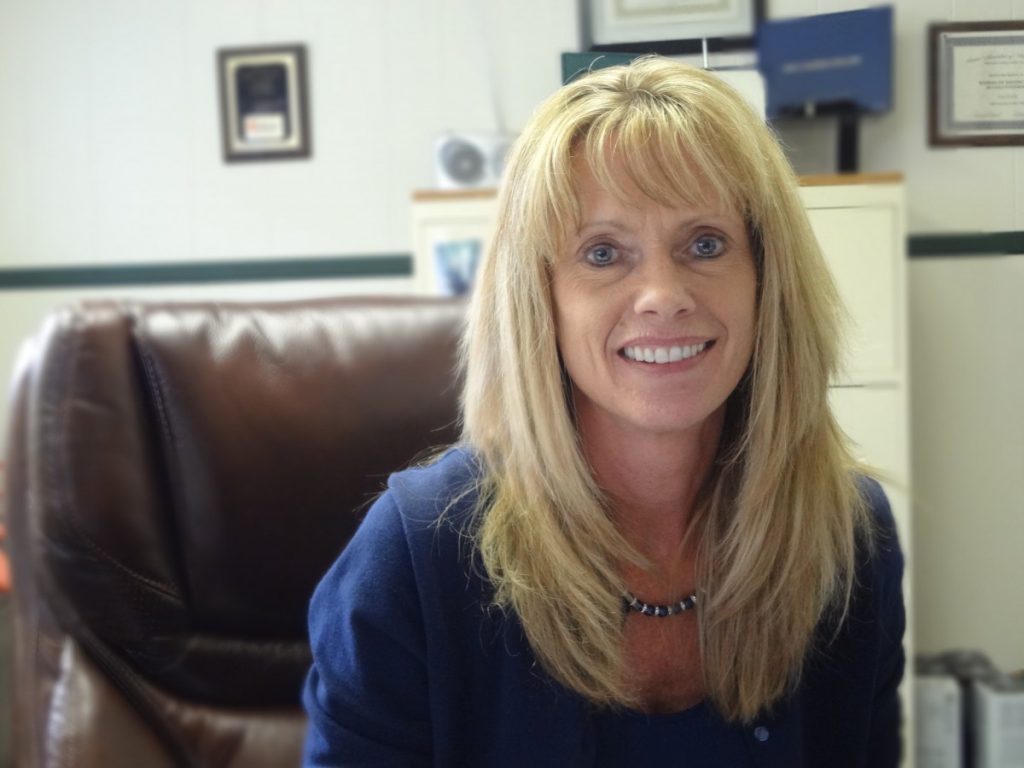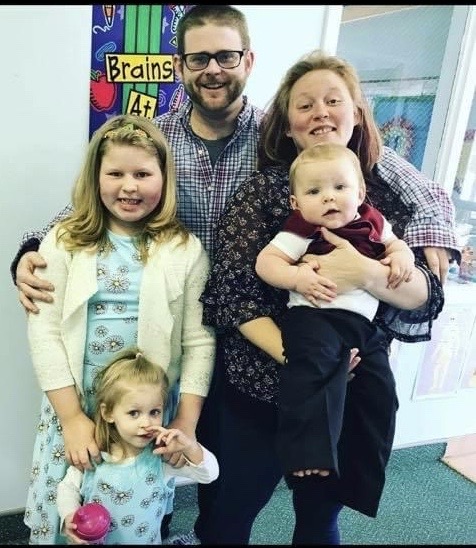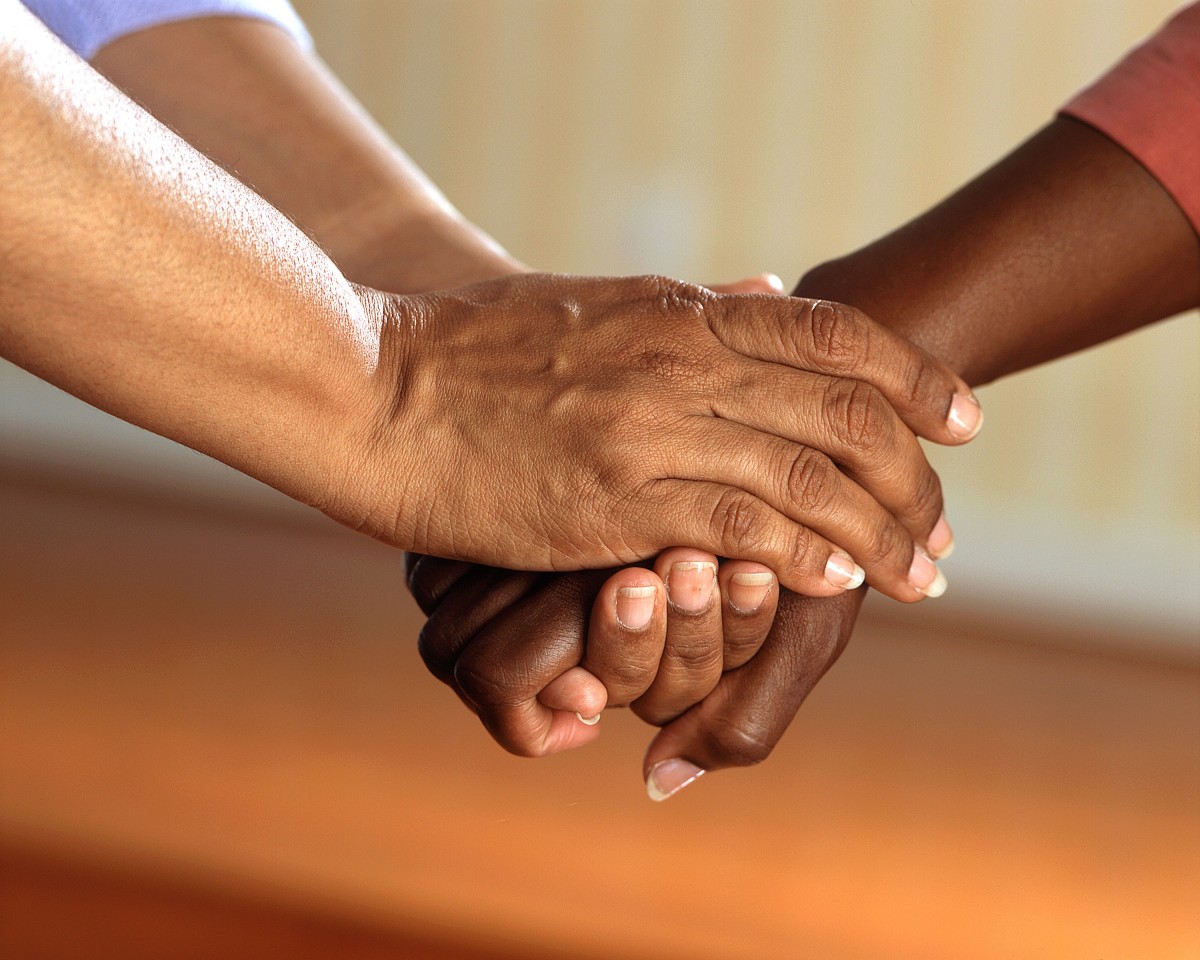When city-dwellers conjure rural America, they envision “the farmer and rancher out in western Nebraska or western Kansas,” said Alan Morgan, CEO of the National Rural Health Association.
“Those guys pioneered the concept of social isolation; they’ve got social distancing down.”
Morgan was speaking at the Rural Assembly Everywhere, a virtual event hosted last month by the Center for Rural Strategies, and he’d come to share what he termed a “horror story”: the rampant spread of COVID-19 across rural communities nationwide.
Farmers and ranchers are certainly an identifying demographic of rural America. But the rural residents Morgan most fears for are the clustered communities that, relative to the country as a whole, are older, have lower income, experience a higher incidence of chronic illness and have less access to health-care services – all of which place them at higher risk of serious illness or death from COVID-19.
In the early months of the pandemic, it appeared as if rural America might be spared the worst of it. But in September, the rate of infections began to climb in rural communities throughout the South, moving westward, now at its worst in the Mid- and Northwest.
Morgan said that in the first months of the pandemic he was careful not to be an alarmist about the threat of the spread of the virus in rural communities, but now acknowledges that from a public-health perspective, it was the wrong approach.
“Clustered in these hundreds of small towns all across the U.S. are populations most at risk for COVID-19,” he said. Lulled into a false sense of security, “they’re going to Walmart, Dollar General, to church; they’re gathering together – it’s a tinderbox just waiting for the COVID match to be thrown into it.”
In fact, that match has already been struck. On October 19, the Daily Yonder reported that the number of rural Americans who had tested positive for COVID-19 had reached the one million mark.
By election week, the number of infections in rural communities had increased by 30 percent from the previous week, setting a record for the highest number of new cases for the seventh consecutive week. According to the Daily Yonder’s analysis, though rural residents comprise about 14 percent of the U.S. population, they accounted for 29 percent of COVID-19-related deaths.
Then, of course, there’s the economic impact. A survey conducted in July and early August by the Robert Wood Johnson Foundation, NPR and Harvard’s T.H. Chan School of Public Health found that almost half of rural households – and 85 percent of Black and Latinx rural households – have experienced serious financial problems since the outbreak of the virus. These include depleted household savings and serious problems paying credit card bills and other debt.
Almost half also reported adult household members who had lost their jobs or businesses, been furloughed or had wages or hours reduced, with two-thirds of those households reporting serious financial problems.

Back in June, Patsy Davis – executive director of Mountain Projects, a community-based nonprofit that provides a continuum of services in Western North Carolina’s Haywood and Jackson counties – said that while she felt the needs of most in her community were then being met, she was looking with trepidation to the approach of winter: temperatures plummeting, flu season peaking and moratoriums on evictions and utility disconnections expiring.
Davis believes most folks in her community are unaware that the worst of the pandemic is likely ahead.
“I think that people are so overwhelmed,” she said. Coping with layoffs, furloughs and reduced hours; homeschooling and child care, “I think they’re living for today and tomorrow and not thinking ahead.”
A report released by the National Council of State Housing Agencies estimated that as of September 14, between 9.7 million and 14.2 million renter households in the country were unable to pay rent and at risk of eviction. The report estimated that between 300,000 and 410,000 of those households were in North Carolina, with an estimated 240,000 eviction filings expected by January.
Though in September, the Centers for Disease Control and Prevention issued a moratorium on evictions, many are unaware of it, there are loopholes, the process is sometimes mishandled by local officials and it’s scheduled to expire at the end of the year.
The state of North Carolina offered additional protections, including making tenants aware of their rights under the moratorium, and the state government instituted a program allocating $117 million for financial assistance with rent and utilities. Some 40,000 people applied, but that funding has now run out.
Meanwhile, as winter sets in, people are receiving notice that, pending payment, their utilities will be shut off.
Last week, Ruth McConnell, a volunteer with Jackson Neighbors in Need in Jackson County, reported that in the past few days she’d provided financial assistance to at least 25 people who had been notified that their electricity would be cut off that Friday, with calls continuing to come in.
Some have been unable to make payments in months and owe upwards of $1,000, McConnell said. Many must decide between buying food or medicine or paying the utility bill and, consequently, “they put it off because they know it’s not going to be cut off until, until…and the until is now here.”
A lot of folks in these counties are hourly-wage workers who, McConnell said, if they’ve not been laid off or furloughed have had their hours cut. She’s regularly told, “‘They’ve cut my hours, and I just can’t make it. If you can help me just a little, I’m gonna try to catch up.’ They’re in a mess.”
The toll of this cumulative “mess” is considerable.
Speaking at the Rural Assembly Everywhere, Alan Morgan warned against underestimating the impact the pandemic is having on behavioral health.
“We are now in the middle of possibly the greatest behavioral-health crisis that we’ve seen as a nation,” he said. “I don’t think the behavioral-health component is getting the attention that it needs.”
People in her community who ordinarily manage stress pretty well are struggling, said Patti Tiberi, a prevention specialist for Mountain Projects. She, like Patsy Davis, emphasizes the strain of trying to maintain employment while managing homeschooling and child care, the stress experienced by health-care providers, teachers, law enforcement – “no one is unaffected,” Tiberi said.
The effects multiply, said Richard Besser, CEO of the Robert Wood Johnson Foundation and a former acting director of the CDC. When stress occurs over time, “day in, day out, over extended periods, it’s not good for our bodies,” he said. “Those stress hormones become very dangerous.”
People exposed to chronic stress, Besser said, are then at higher risk for other health issues, including heart and lung disease and infectious diseases.
Stress also has a communal effect. Trauma occurs in individuals and families, but what we often fail to recognize, Tiberi said, is how trauma impacts the community as a whole. “It all ripples down.” The nightly news attests to this.
“The strength of the mountain people, I believe, is that we can stand together with each other,” Tiberi said. “I really want to invite people to take that step forward and reach out to other people and allow space for our differences. We don’t agree about everything, but we agree that we want a healthy community.”
In these mountains, organizations like Jackson Neighbors in Need and Mountain Projects strive to fill the gaps, offering everything from firewood to chicken legs to counseling.

And there are success stories to be told from these long past nine months. In June, Rebecca Ivey reported on ambitions she and her husband, Matthew, had to open their own business. They’d both lost their jobs: she from a bed and breakfast, he from a restaurant.
Ivey now reports that after “a long, tough process … an uphill battle to our dream,” she and Matthew were preparing to close on a business loan for a food trailer. They’d been providing dinners at the bed and breakfast and have now opened a personal-chef business, Ivey Grove Experiences.
“It has been a whirlwind of emotions when we think about everything that we went through to get here,” Ivey said.
Most in these communities are adapting, some mindful of what may well lie ahead; others are simply pushing forward.
“I do think this has the potential to be a very difficult period,” Davis said. It’s been a warm winter in Western North Carolina thus far. “I can’t imagine that’s going to last forever.”



